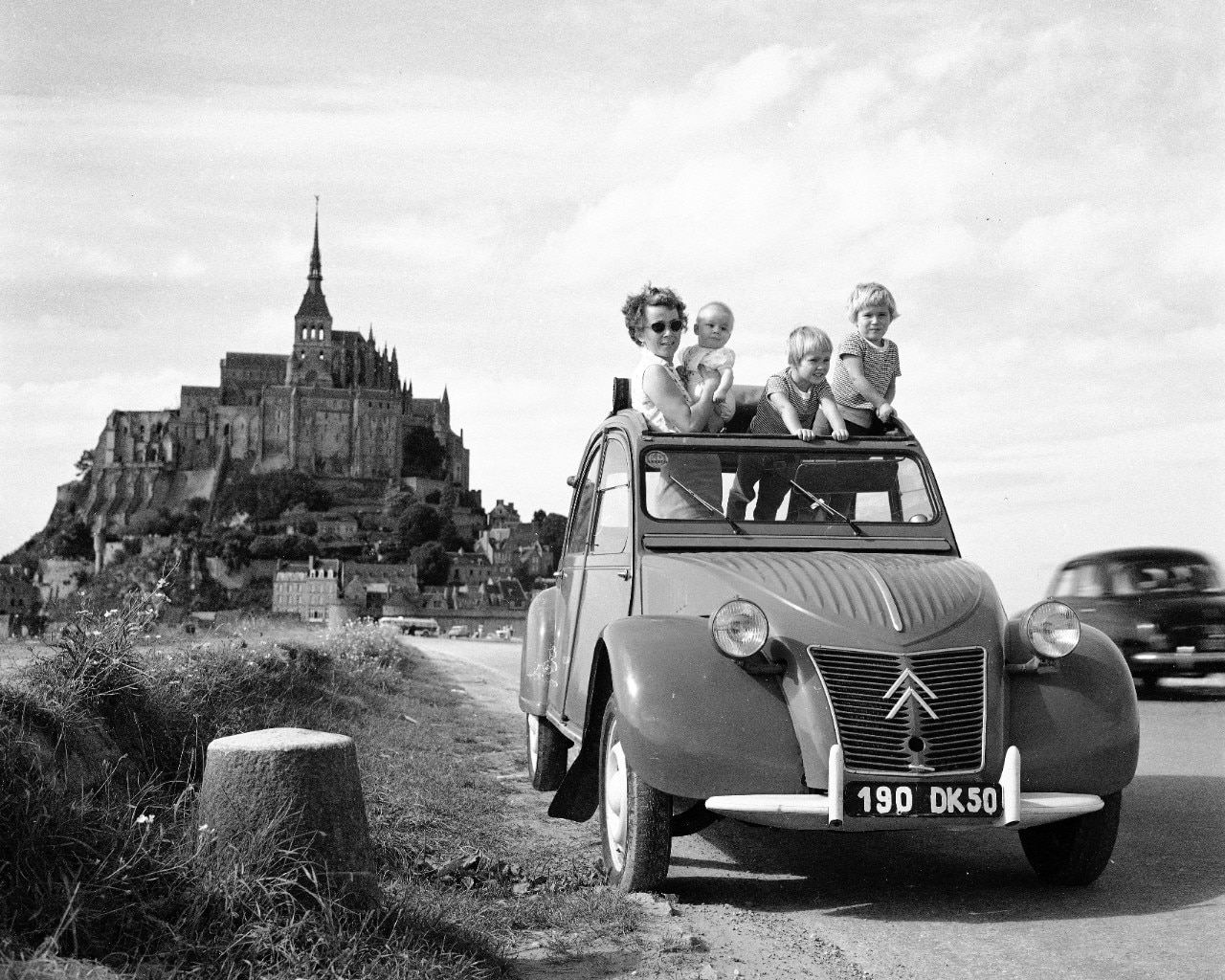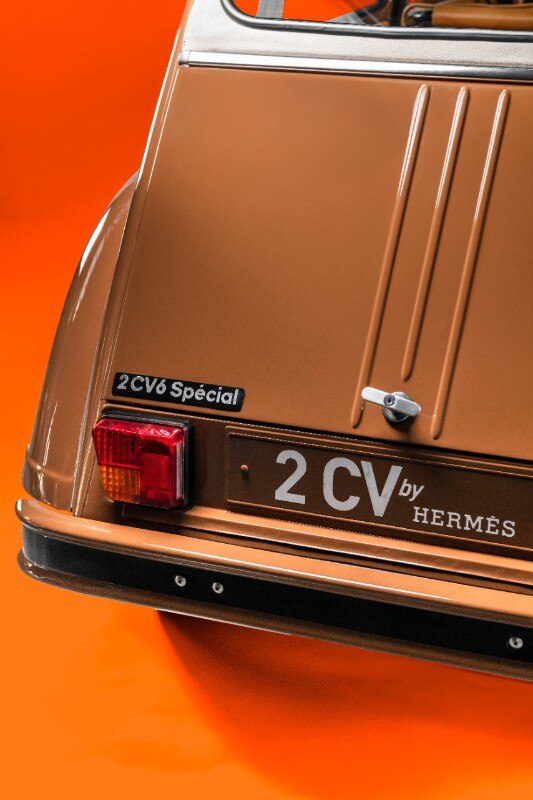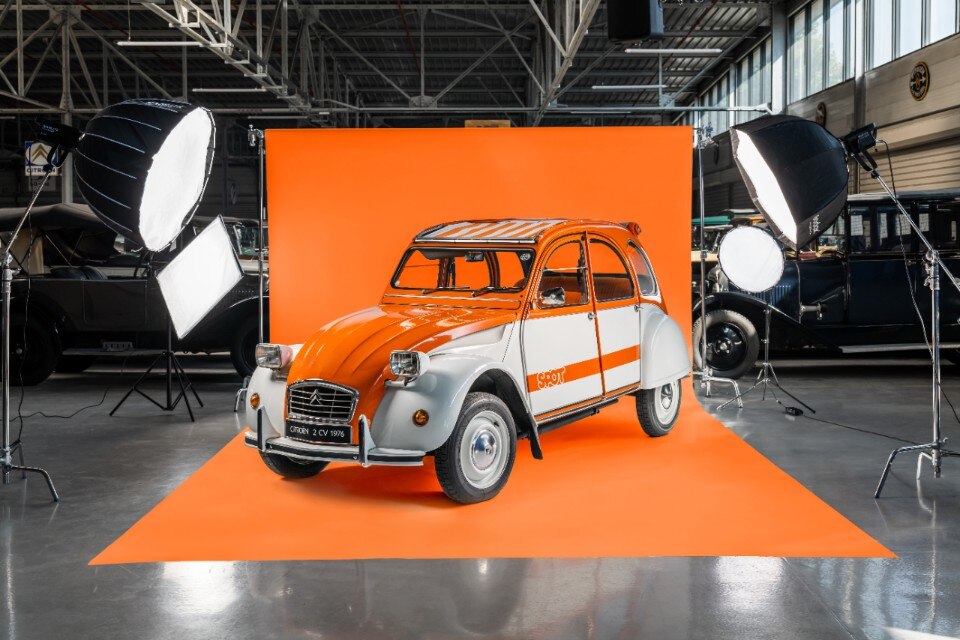Early ideas of building a hatchback for the French market with exceptionally low operating costs first took shape in André Citroën’s mind in the early 1930s. However, this potential project was temporarily put on hold in favor of what would eventually become the more expensive Traction Avant. Following Citroën’s passing in 1935, Pierre-Jules Boulanger took over and revived the concept of an affordable, compact car designed for widespread distribution. The primary goals were to contribute to the mass motorization of the country and, through substantial sales volumes, aid in the recovery of La Lausanne, which had fallen into a crisis during the Great Depression.
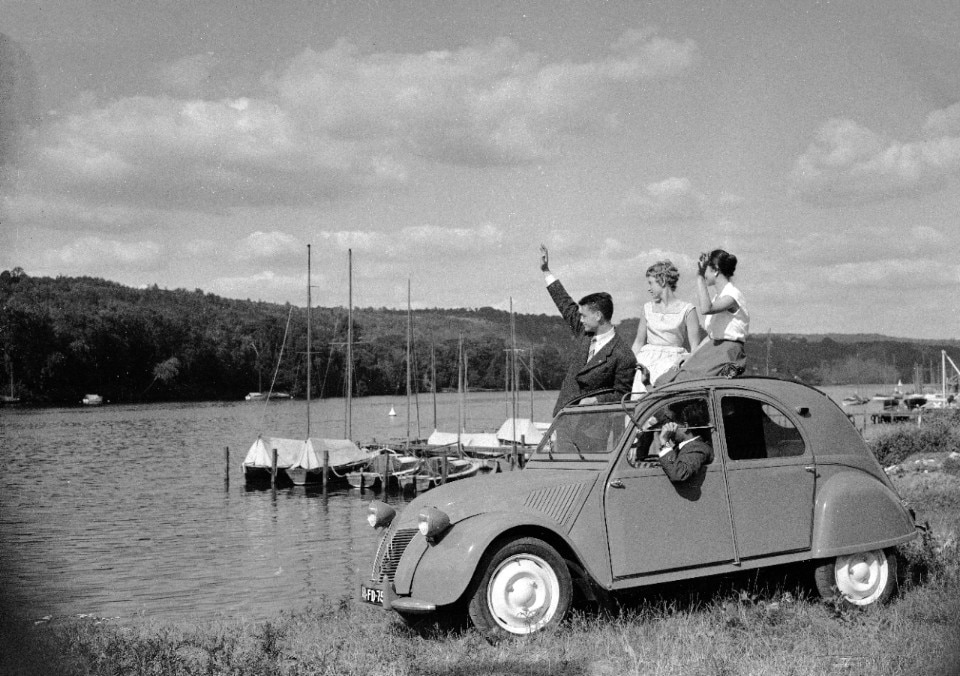
Boulanger hence tasked Maurice Brogly, Citroën’s technical director, with a clear directive: “Design a car capable of transporting two farmers wearing clogs with 50 kilos of potatoes or a barrel of wine, while maintaining a top speed of 60 km/h and achieving a fuel consumption of 3 liters per 100 km. The suspension should be robust enough for the car to traverse a plowed field without breaking a basket of eggs. Additionally, the vehicle should be user-friendly for beginner drivers and provide unparalleled comfort”. Boulanger also stressed the importance of keeping the hatchback’s running costs low, so that even the most inexperienced drivers could easily afford to maintain it. Last but not least, there had to be enough room for the driver to get in with his hat on.
To a traditionalist like Brogly, the task seemed absurd, but the team was quickly assembled. André Lefèbvre, who had recently designed the Traction Avant, took charge of the project, supervising Maurice Sainturat on the engine, Alphonse Forceau on the gearbox and Jean Muratet on the styling. The notable exception was Flaminio Bertoni, considered too unconventional for a four-wheeled vehicle where looks were of no importance. Thus the TPV — Très Petite Voiture project was born.
The first running prototype was completed in 1937 and was rather crude: it lacked headlights, had a tarpaulin for a body, and was powered by a 500cc engine adapted from a BMW motorcycle. This setup proved unreliable due to vibrations, so a water-cooled 375 cc two-cylinder engine was developed, housed in a magnesium alloy body. Unfortunately, during testing, a short circuit ignited the fuel, and the car caught fire.
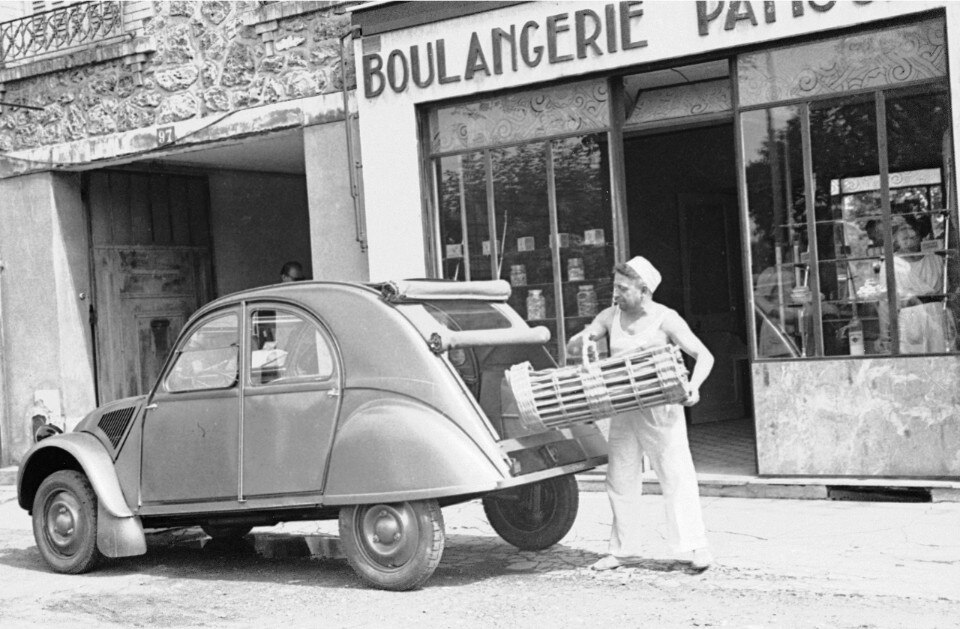
Meanwhile, they grappled with the challenges of choosing an appropriate suspension system. Eventually, they settled on the interconnected wheel solution, with one swingarm per wheel. By the end of 1938, however, several critical issues remained unresolved, including poor engine accessibility, excessive suspension play, and a reduction in the weathertightness of the Plexiglas windshield.
With time, the gaps were filled. A few months later, in the spring, the final prototype was unveiled: it had a single headlight on the left side, in accordance with French legislation at the time. The body was made of Duralinox, a lightweight aluminum alloy, and the roof was made of stretched tarpaulin.
The ultra-spartan interior featured two hammock seats, a steering wheel, a three-speed gearbox, a handbrake, a voltmeter as the only instrument, and just two buttons — one for starting the car and one for ignition.
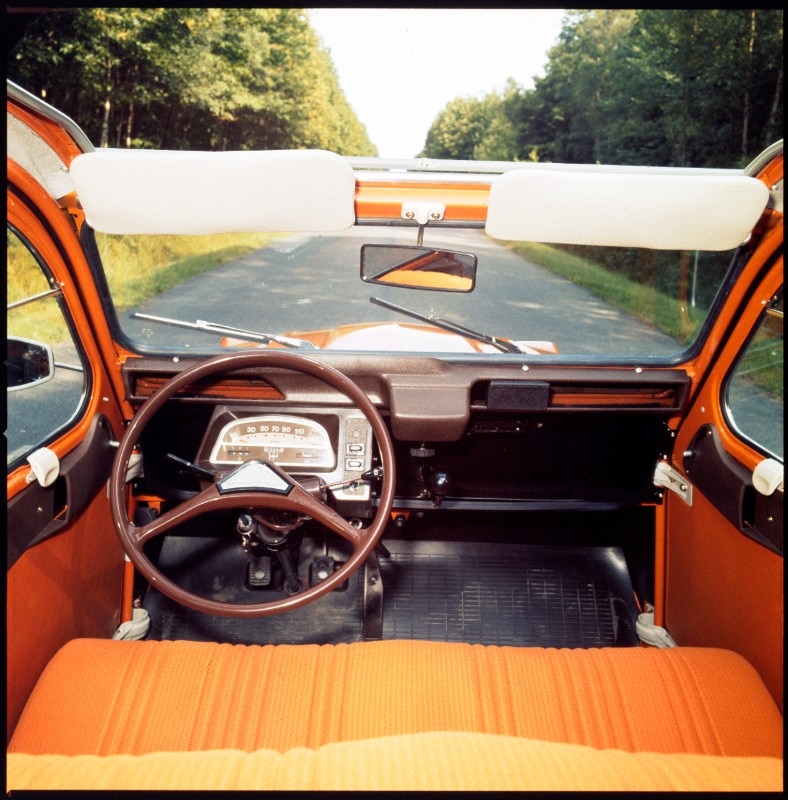
The project came to a halt during the Second World War for obvious reasons. It was during the Nazi occupation, however, that Bertoni’s figure reemerged. Disappointed at not being involved in the TPV project, he sketched the outline of the car in plasticine to present to Boulanger. Boulanger was not pleased with Bertoni’s design, which was, in fact, more aesthetically pleasing than the prototype. Recognizing its true stylistic value, he then decided to hire the Italian designer to modernize the car’s now clearly outdated styling.
In 1944, the Allies liberated Paris, and after several years of development, which included a new 375 cc twin-cylinder engine and some refinements to the suspension, the 2CV was ready to make its debut.
The official presentation took place in the capital on October 6, 1948: three gray examples – initially the only color available – were unveiled in front of the then French President Vincent Auriol. The car’s distinctive design set it apart in the automotive world, featuring two headlight units that resembled cartoonish eyes and boasting a unique peculiarity.
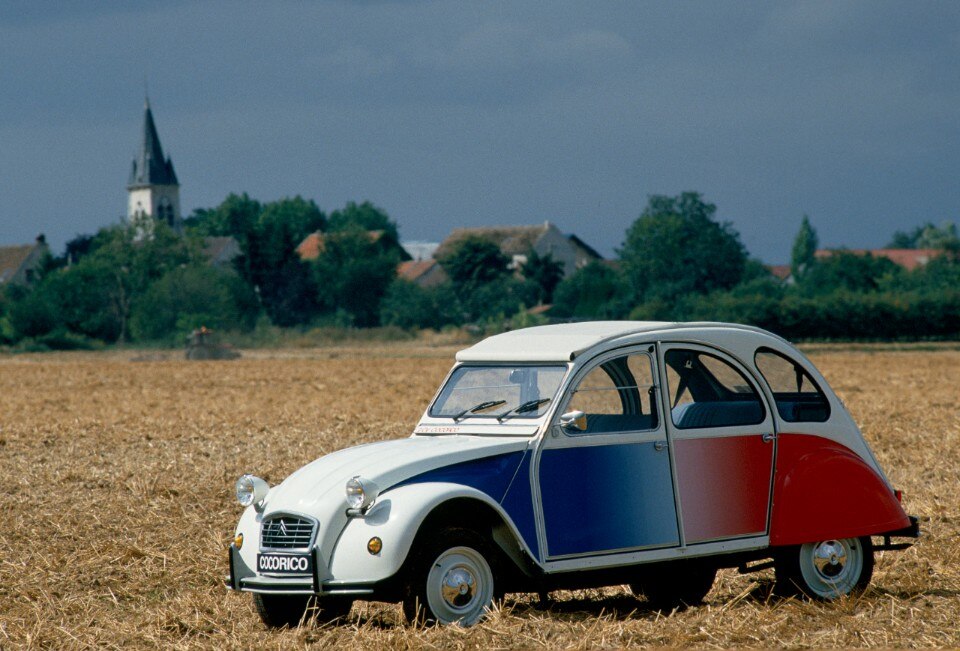
Thanks to the 2CV’s soft suspension, designed to function even on rough terrain, it was easy to alter the car’s angle by redistributing the load between the seats and the trunk. This, in turn, allowed for adjustments to the headlight beam. The 2CV featured an internal throttle mechanism that enabled the driver to change the headlight range without leaving their seat.
The car faced harsh criticism from the press due to its unconventional design, which many considered too spartan. The climate of secrecy maintained until its unveiling left many initially underwhelmed.
Some called it an “ugly duckling”, failing to appreciate the brilliance of its design. A few days later, La Stampa remarked: “It is not beautiful, it is ugly. It is gray, the color of German military vehicles, almost completely covered by canvas. When uncovered, the body resembles the skeleton of a charred car”. Nevertheless, the Citroën 2CV remained in production until 1990, with a total of 5,118,889 units produced. When considering its various derivatives such as the Dyane, Ami, Méhari, and the FAF military versions, it is estimated that the TPV project resulted in the production of approximately 10 million vehicles.
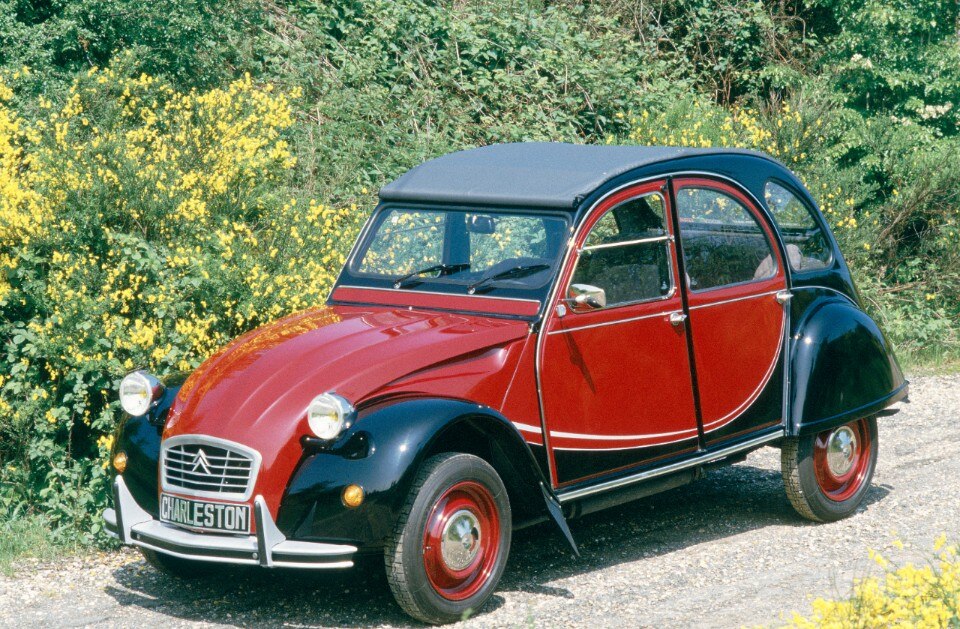
A hippie icon alongside Volkswagen’s Bulli and Beetle, the Citroën 2CV has earned its place in automotive history. It graced the silver screen as James Bond’s ride in the 1981 film and appeared as Angela’s vehicle in the Italian cult classic “Il ragazzo di campagna” with Renato Pozzetto. The Citroën 2CV also shared the road with Italian singer-songwriter Claudio Baglioni as his faithful traveling companion and even braved the challenges of the Paris-Dakar rally.
Today, the Citroën 2CV remains a highly sought-after gem, prized for its historical significance and exceptional performance across a range of driving conditions. It’s the “ugly duckling” of automobiles, a unique and unconventional hatchback that will forever hold a special place in our hearts.
All images courtesy Citroën


